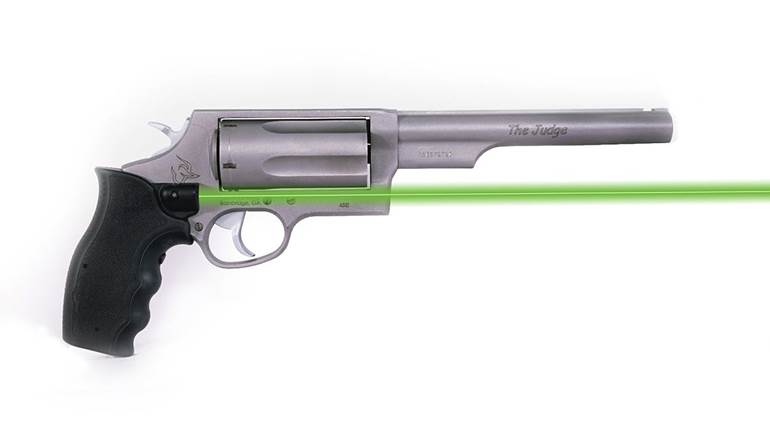
The look and shape of handguns sometimes have an impact on their popularity. Several companies have told me that some of their models have not sold well, when they would seem to have everything going for them.
Here's a very good example. In 1999, Smith & Wesson combined the features of two very popular models - the internal hammer Centennial and the five shot L frame .44 Spl. Called the Model 296Ti, the resulting gun had the snag free contours of an internal hammer DAO and the almost legendary clout of the .44 Spl. In a world that's deeply concerned with finding the ideal concealed carry handgun, this combination should have been really popular. Add in the fact that the gun was very light, using a strong titanium cylinder in an alloy frame. This should have been a real crowd-pleaser, but it never took off and was discontinued in 2001.
The chunky little powerhouse was more than a scaled-up J frame, using a frame that had a pronounced hump for the internal hammer to swing through its arc. To the critical eye of too many prospective buyers, it appeared that the humpback frame contour was as ugly as the Hunchback of Notre Dame. Even though the 296 was a nice compilation of features, it just didn't look right and people didn't buy them.
Evidence that looks alone killed off a good model - proving gun buyers are remarkably subjective about their decisions. True enough, but then how can you explain the current popularity of the Taurus Judge? One of the most out-of-proportion revolvers ever made, the Judge is really beautiful only to Taurus management. They sell them by the thousands.























![Winchester Comm[94]](/media/1mleusmd/winchester-comm-94.jpg?anchor=center&mode=crop&width=770&height=430&rnd=134090756537800000&quality=60)
![Winchester Comm[94]](/media/1mleusmd/winchester-comm-94.jpg?anchor=center&mode=crop&width=150&height=150&rnd=134090756537800000&quality=60)












